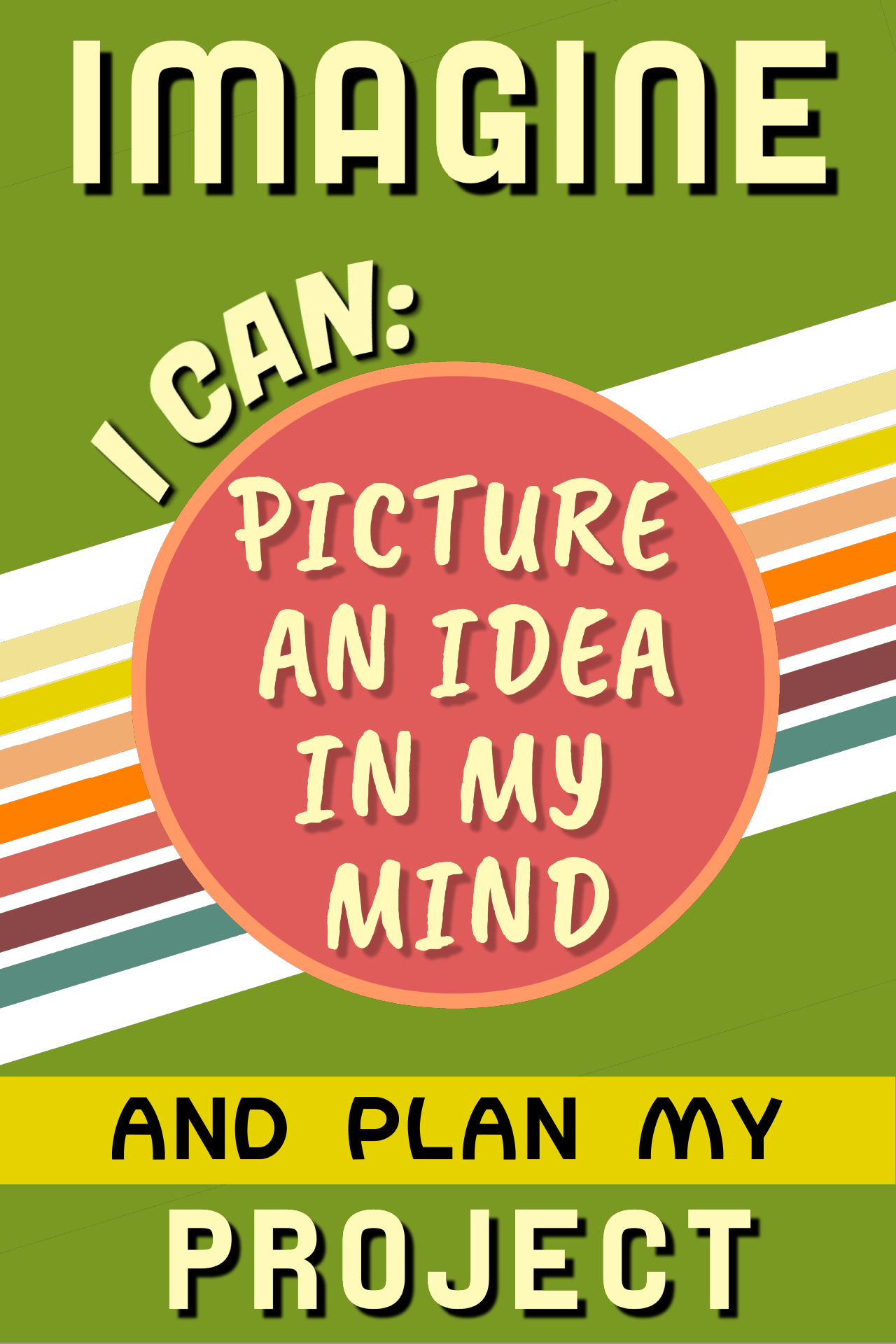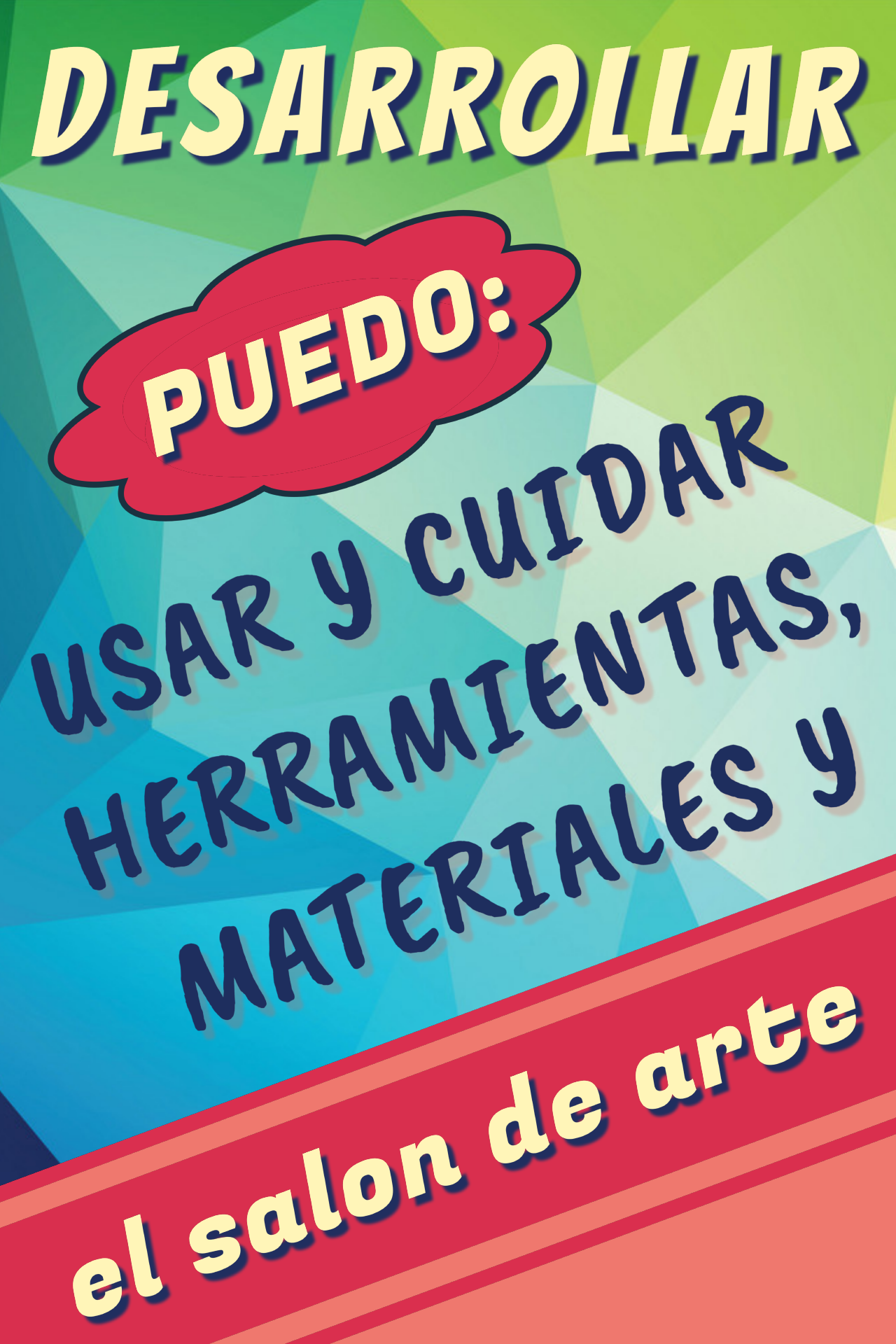Key Concepts
Together we will learn about these fundamental building blocks of painting:
- Basics: Artists use paint, brushes, palettes and other tools to create paintings on surfaces like canvas and paper. Realistic paintings show the subject as it exists in real life. Abstract paintings change or distort the subject so it doesn't look realistic. Non-objective paintings don't have a recognizable subject; instead they focus on color, shape and line to create interesting compositions.
- Composition: Artists use elements like line, color and shape, as well as principles like balance, proportion and pattern to create interesting artwork. These components work together like pieces of a puzzle to make a successful painting.
- Color: Artists mix paint together to make the exact colors they need. Artists can create any color by mixing combinations of red, yellow, blue, black or white. The right colors help artists create light and shadows, represent emotions, create realistic images and more.
- Technique: Artists use brushes and other tools to create specific effects in their paintings. These techniques can make a flat painting look like it is 3D, glowing, wet, spray painted and more.
Learning Targets
Here are the studio habits we practice:
















Supplies
Here are the materials you will need:
Pencil
Reference Images
Paper
Painting Kit
Skills
Before you begin your project, you must practice these skills:
- Basics: Use palette and different sized brushes.
- Composition: Utilize color, line and shape to make an balanced mini painting.
- Color: Mix colors on a palette. Create a color wheel and value scale with paint.
- Technique: Try some of the following techniques: washes, blending, dry brushing, wet-on-wet, masking, splattering, sgraffito or impasto.
Tutorials
Click on the tabs below to find the videos you need
Acrylic Techniques
Watercolor Techniques
Gallery
Click on the images below to explore artwork from our studio and beyond




















